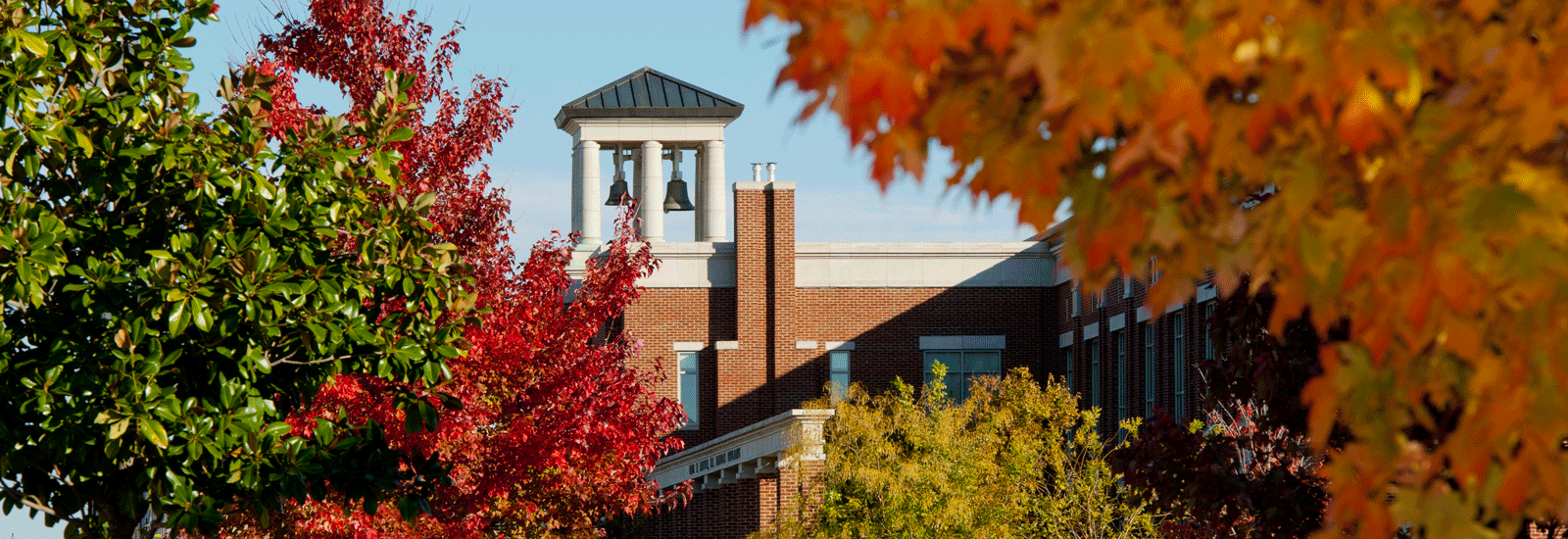MTSU Substance Abuse
Most Commonly Abused Drugs on College Campuses
Every college is different, but some drugs are common on campuses across the U.S. According to the National Survey Results on Drug Use, the following 3 drugs are the most prevalent substances used annually by college students 1 to 4 years beyond high school.15
Alcohol
College campuses across the nation continue to struggle with alcohol use and its related dangers. The majority of students who enter college are under the age of 21 and, unsurprisingly, alcohol is the most common drug of choice. In 2015, 79% of students said they had used alcohol in the past year, and 63% had used alcohol in the past month. Furthermore, 62% said they were drunk at least once in the past year, and 38% were drunk in the past 30 days. It is interesting to note that the rate of binge drinking has actually declined gradually among college males over the past 30 years while remaining constant among college females—closing of the gender gap in regard to high rates of binge drinking.15
Marijuana
Marijuana is currently the most prevalent illicit drug used on college campuses, with nearly 1 in 3 students using the drug within the past 12 months. In the past 10 years, more young people have begun using marijuana because the perceived risk associated with its use has decreased significantly. States across the country have decriminalized the use, sale, and distribution of marijuana—and with the relaxation of these legal penalties comes a reduction in perceived risk.17 In fact, in 2015, roughly 38% of college students reported using marijuana in the past year, compared to 30% of college students in 2006.15 Other factors that contribute to high rates of marijuana use include no oversight from parents, being around peers who use marijuana, and easy access to the drug. Additionally, marijuana is often highly sought after for its effects because it can help students relax and socialize with others.15
Studies show that students with the following characteristics are more likely to use marijuana during college:18
- Members of fraternities or sororities.
- Non-athletes.
- Not strongly religious.
Although some may argue that marijuana use during college is okay, the drug can have adverse effects on a student’s academic performance. In a sample of college students, those who used marijuana frequently were more likely to skip classes and have lower GPAs.18
Stimulants: Ritalin, Adderall, Methamphetamine, Crystal Meth
The nonmedical use of prescription stimulants is much more common among college students than high school students.19 The use of prescription medications such as Adderall and Ritalin, plus illicit substances such as methamphetamine, crystal meth, and synthetic cathinones (“bath salts”), are of particular concern among college students due to rising rates of misuse. The rate of stimulant use on college campuses has risen 4% since 2008—5.7% of college students reported using amphetamines in 2008, compared to 9.7% in 2015.15
The most commonly abused prescription stimulant among college students is Adderall, which is prescribed to treat Attention Deficit Hyperactivity Disorder (ADHD). The misuse of ADHD drugs is a serious problem not only at colleges, but also at medical and dental schools, with usage rates ranging from 8.1% to a staggering 43%.20
A study conducted of 1,811 undergraduate students found that 34% of students had used ADHD medications illegally during periods of high academic stress in order to:21
- Reduce fatigue.
- Increase reading comprehension.
- Increase memory.
One of the most alarming issues with the misuse of stimulants is that college students take these drugs without a prescription. Young people may be enticed by popular myths and word of mouth, and turn to drug use during stressful testing periods. It’s common for rumors to spread on campus of a particular drug’s ability to enhance performance while studying. The perception of safety can do a lot of harm, and it is important for school administrators, doctors, and parents to make themselves aware of the issue.
One study looked at how commonly the word “Adderall” was used on Twitter during final exams. The most common substances tweeted alongside Adderall included alcohol and stimulants, and the most common side effects tweeted about included trouble sleeping and decreased appetite. The fact that students feel comfortable publicly sharing messages about Adderall and its side effects contributes to students believing that their peers are using drugs and reinforcing community norms surrounding abuse.22
